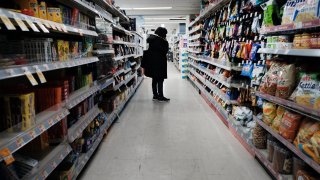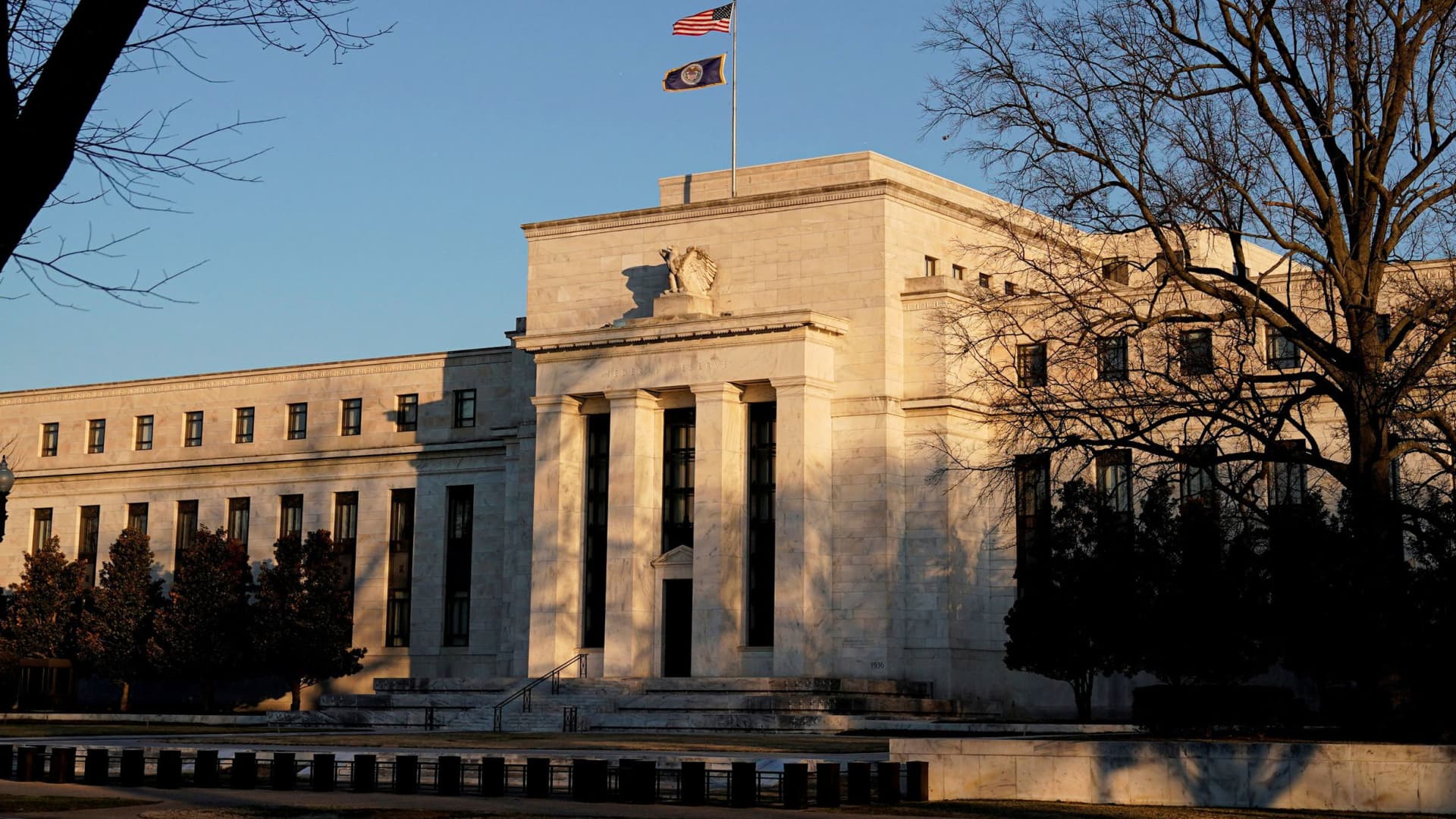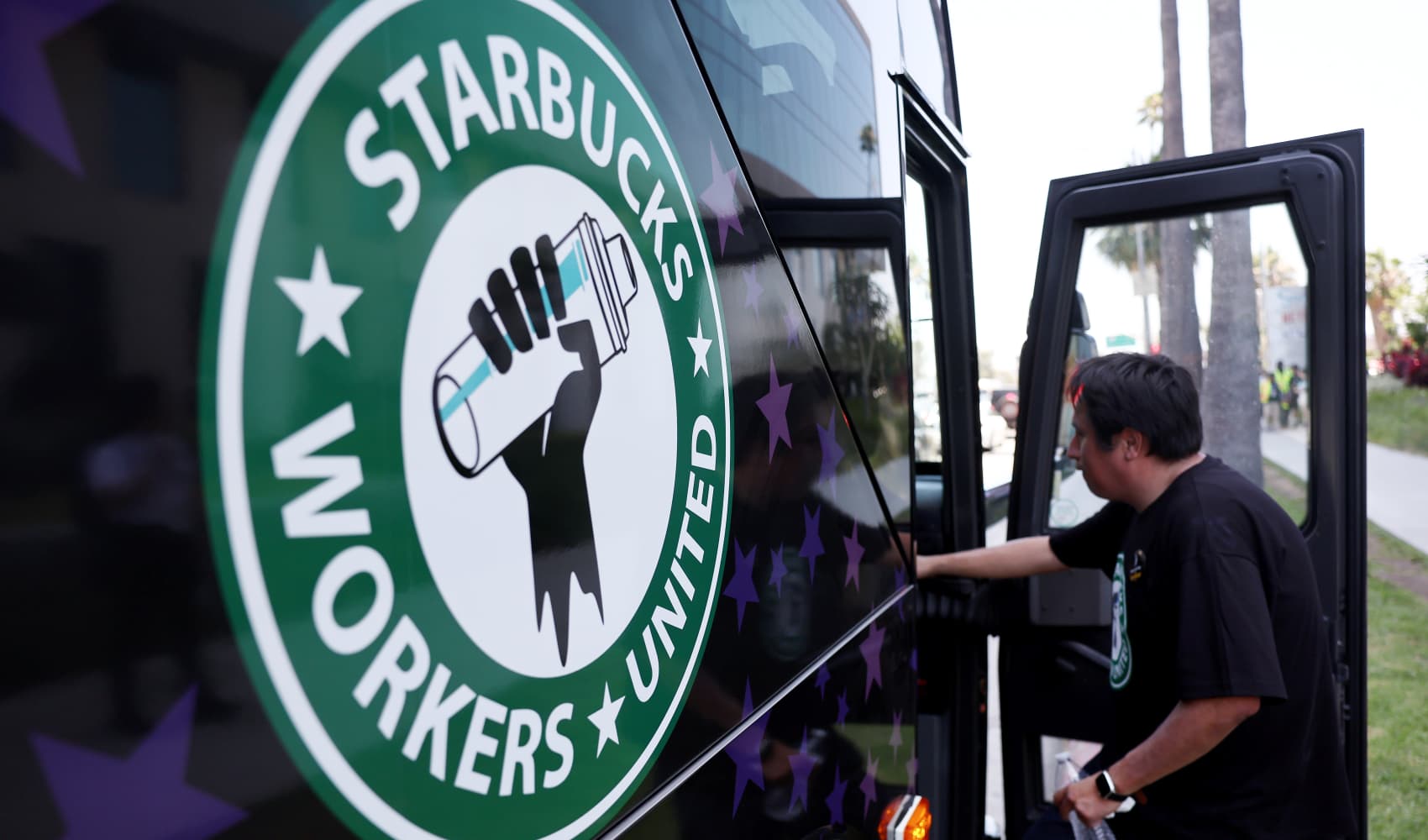

The Federal Reserve is poised to announce its first interest rate hike since 2018 on Wednesday.
The central bank is likely to raise its target federal funds rate by 25 basis points to address the worst inflation in more than 40 years, partially brought on by the coronavirus pandemic. A basis point is equal to 0.01%.
Yet consumers who are already grappling with higher prices putting a strain on their wallets may be wondering how increasing borrowing costs will help tamp down inflation.
Get New England news, weather forecasts and entertainment stories to your inbox. Sign up for NECN newsletters.
The consumer price index soared to a 7.9% annual rate in February, the highest level since January 1982. Rising costs of items such as food and fuel drove the increase and further eroded any wage gains that workers may have seen in the last year.
More from Invest in You:
Want to give your finances a spring cleaning? First, get organized
Here's what to know about managing your debt in retirement
Want to find financial success? Here's how to get started
Money Report
"This is something really hard for the typical consumer to understand, seeing these fast price raises that are so unfamiliar to large parts of our population who haven't seen inflation rates like this before," said Tara Sinclair, a senior fellow at the Indeed Hiring Lab. "And then trying to figure out the Fed's complicated role in all of this is very confusing."
Here's what you need to know.
The Fed's mandate
The Federal Reserve has a few main goals with respect to the economy: to promote maximum employment, keep prices stable and ensure moderate long-term interest rates.
Generally, the central bank aims to keep inflation around 2% annually, a number that lagged before the pandemic.
Its main tool to battle inflation is interest rates. It does that by setting the short-term borrowing rate for commercial banks, and then those banks pass rates along to consumers and businesses, said Yiming Ma, an assistant finance professor at Columbia University Business School.
That higher rate influences the interest you pay on everything from credit cards to mortgages to car loans, making borrowing more expensive. On the flip side, it also boosts rates on savings accounts.
Interest rates and the economy
But how do higher interest rates reel in inflation? They help by slowing down the economy, according to the experts.
"The Fed uses interest rates as either a gas pedal or a brake on the economy when needed," said Greg McBride, chief financial analyst at Bankrate. "With inflation running high, they can raise interest rates and use that to pump the brakes on the economy in an effort to get inflation under control."
Basically, the Fed policymakers aim to make borrowing more expensive so that consumers and businesses hold off on making any investments, thereby cooling off demand and hopefully holding down prices.
There could also be a secondary effect of alleviating supply chain issues, one of the main reasons that prices are spiking right now, said McBride. Still, the central back can't directly influence or solve that particular problem, he said.
"As long as the supply chain is an issue, we're likely to be contending with outside wage gains," which drive inflation, he said.
What the Fed wants to avoid
The main worry for economists is that the Fed raises interest rates too quickly and dampens demand too much, stalling the economy.
This could lead to higher unemployment if businesses stop hiring or even lay off workers. If policymakers really overshoot on rate hikes, it could push the economy into a recession, halting and reversing the progress it has made so far.
Treating inflation in the economy is like treating cancer with chemotherapy, said Sinclair of the Indeed Hiring Lab.
"You have to kill parts of the economy to slow things down," she said. "It's not a pleasant treatment."
Of course, it will take some time for any action to affect the economy and curb inflation. That's why the Federal Open Market Committee carefully watches economic data to decide how much and how frequently to raise rates.
There is also some uncertainty due to the war in Ukraine, which has also increased prices on commodities such as gas. The Fed will have to watch how the war is hampering the U.S. economy and act accordingly.
It might get worse before it gets better
When the Fed does lift rates, it's also likely that people will see the downsides of those increases before any improvement on inflation, said Sinclair.
Basically, that means consumers may have to pay more to borrow money and still see higher prices at the gas pump and grocery store. That scenario is particularly tough on low-income workers, who have seen wages rise but not keep pace with inflation.
Of course, ideally the central bank would like to raise rates gradually so that the economy slows just enough to bring down prices without creating too much additional unemployment.
"They have to carefully walk that tightrope," said Sinclair.
SIGN UP: Money 101 is an 8-week learning course to financial freedom, delivered weekly to your inbox. For the Spanish version Dinero 101, click here.
CHECK OUT: The 'old convention' for saving in retirement won't work anymore, expert says: Here's how to shift your strategy with Acorns+CNBC
Disclosure: NBCUniversal and Comcast Ventures are investors in Acorns.






